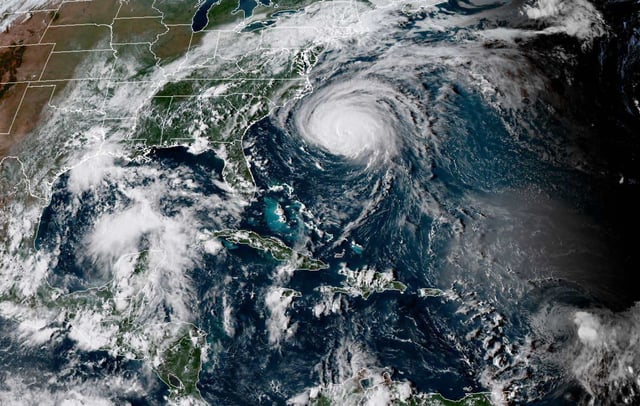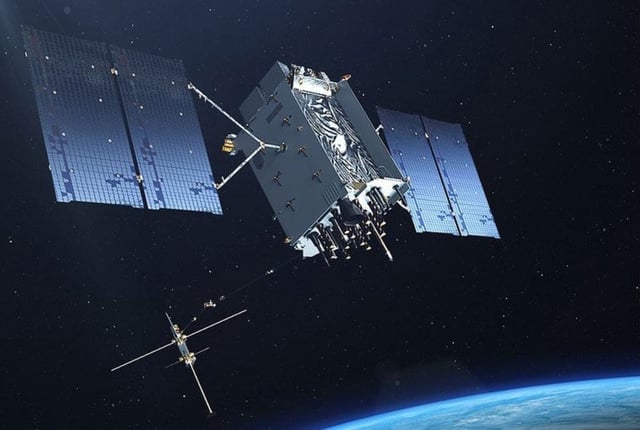Overview
- On July 29, Navy and NOAA confirmed uninterrupted delivery of Defense Meteorological Satellite Program microwave data until sensor failure or the program’s scheduled September 2026 end.
- The reversal follows expert warnings that losing microwave observations would degrade forecasts of rapidly intensifying storms and disrupt 38 years of continuous sea ice records.
- Three DMSP satellites, in orbit since 2009 and far beyond their planned lifespans, supply about half of all interior storm scans and daily polar coverage.
- Defense leaders had planned to halt the data by July 31 under cybersecurity and modernization directives aimed at replacing the aging fleet with newer systems.
- NOAA maintains a robust suite of other forecasting tools but notes that none matches the unique all-weather, day-and-night penetration of microwave sounders.



